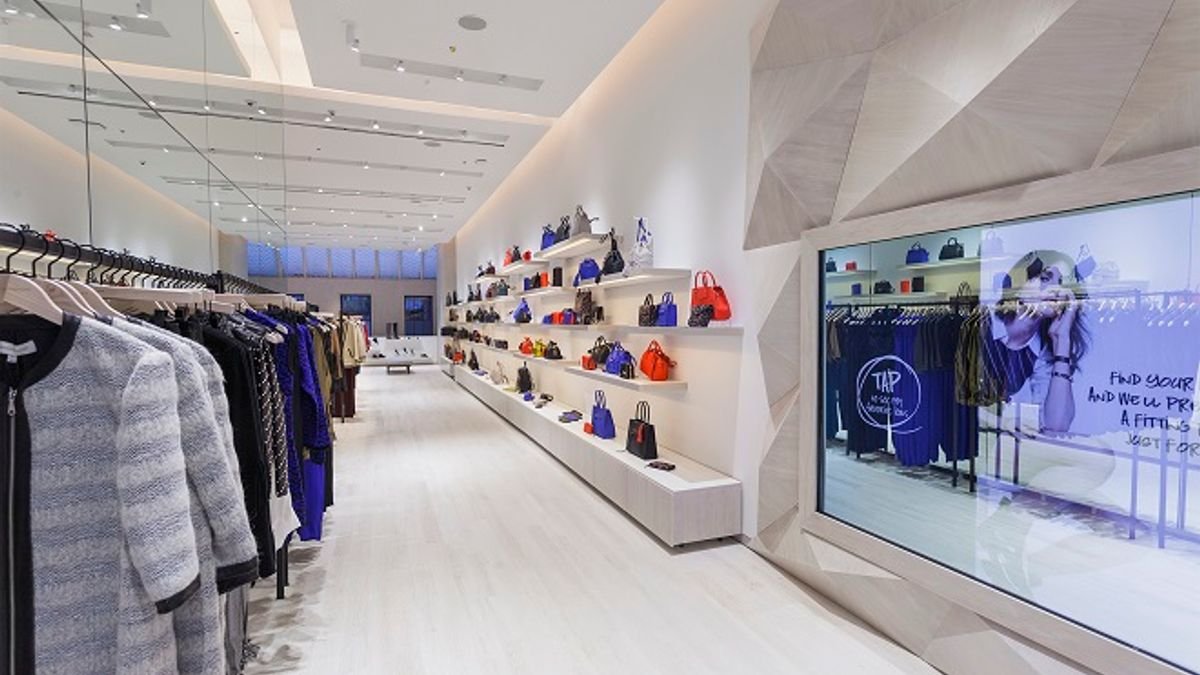The retail industry has undergone significant changes in recent years, with the rise of e-commerce and the increasing popularity of online shopping. However, despite the convenience and ease of online shopping, brick-and-mortar stores continue to play a vital role in the retail landscape. In order to remain relevant and competitive, retailers are now faced with the challenge of reinventing themselves and adapting to the changing consumer preferences.
The Importance of Physical Stores
While online shopping offers convenience and the ability to shop from the comfort of your own home, physical stores offer a unique shopping experience that cannot be replicated online. The ability to see, touch, and try on products before making a purchase is still a crucial part of the shopping process for many consumers. Furthermore, physical stores provide an opportunity for retailers to engage with customers on a personal level, offering personalized recommendations and creating a sense of community.
Creating an Omnichannel Experience
In order to thrive in the digital age, retailers need to embrace an omnichannel approach that seamlessly integrates both online and offline channels. This means providing customers with a consistent experience across all touchpoints, whether they are shopping in-store, on a website, or through a mobile app. By leveraging technology, retailers can create a seamless shopping experience that allows customers to browse and purchase products in a way that is most convenient for them.
For example, retailers can offer features such as “buy online, pick up in-store” or “reserve in-store” options, which allow customers to easily transition between online and offline channels. This not only provides convenience for customers but also helps drive foot traffic to physical stores, where additional sales opportunities may arise.
Enhancing the In-Store Experience
In order to entice customers to visit physical stores, retailers need to focus on creating unique and memorable in-store experiences. This can be achieved through various means, such as interactive displays, augmented reality, or virtual reality experiences. By leveraging technology, retailers can create immersive experiences that engage and captivate customers, encouraging them to spend more time in-store and ultimately make a purchase.
Additionally, retailers can also focus on creating a welcoming and comfortable environment for customers. This can include features such as comfortable seating areas, in-store cafes, or even events and workshops that cater to the interests of their target audience. By creating a space that customers want to spend time in, retailers can increase foot traffic and encourage repeat visits.
Data-Driven Retail
One of the advantages of physical stores is the ability to collect valuable customer data. By leveraging data analytics, retailers can gain insights into customer behavior and preferences, allowing them to tailor their offerings and marketing strategies accordingly. For example, retailers can use data to identify popular products, optimize store layouts, or personalize marketing messages.
Furthermore, data can also be used to enhance the overall customer experience. For instance, retailers can use data to offer personalized recommendations, provide targeted promotions, or even offer customized in-store experiences based on individual preferences.
Conclusion
While the retail industry continues to evolve, brick-and-mortar stores remain an essential part of the shopping experience. By embracing an omnichannel approach, enhancing the in-store experience, and leveraging data analytics, retailers can reinvent themselves and thrive in the digital age. The future of brick-and-mortar stores lies in their ability to adapt and provide unique and personalized experiences that cannot be replicated online.



































